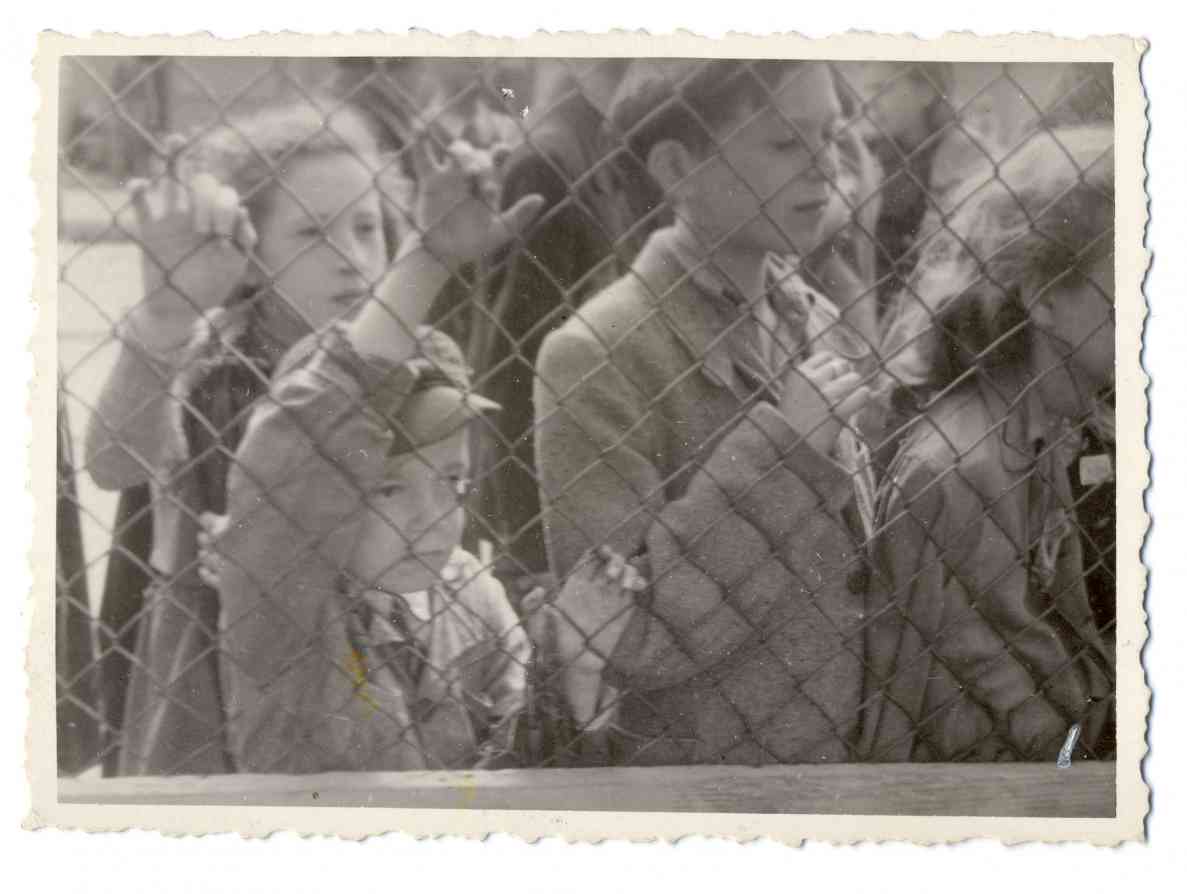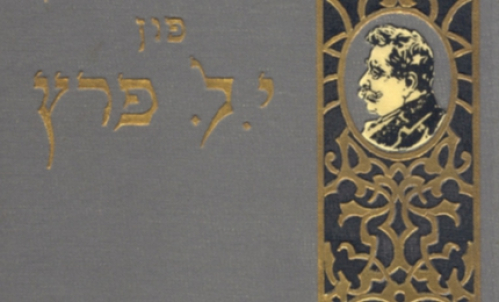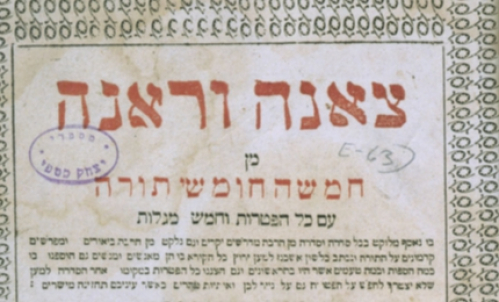Holocaust Collections

The YIVO Library is especially strong in resources for studying the Holocaust. When the President's Commission on the Holocaust (the precursor to the United States Holocaust Memorial Museum) was first appointed in 1979, the "Bible of the Holocaust period" used in the swearing-in ceremony was a Hebrew Bible from the YIVO Library's Vilna Collection. (The bible, printed in London in 1861 and bequeathed by its owner, Yehuda Behak of Odessa, to the Great Synagogue of Vilna, was later donated to the Strashun Library. When this library was looted by the Nazis during World War II, the bible was confiscated for use in a proposed "Institute for the Study of the Jewish Question." It was among the items recovered by YIVO after the war.)
Important components of the library's Holocaust collections include:
Nazi Collection (6,000 volumes)
These books and periodicals (many of which are quite rare) deal with a wide range of political topics (and include anti-Semitica). They were published in Nazi Germany from 1933 to 1945 and acquired by YIVO after World War II. The collection includes pamphlets by Nazi "specialists" on "the Jewish question," including Johannes Pohl, the chief of the task force that supervised the looting of Jewish cultural treasures in the Vilna region. The collection was used by Max Weinreich in the preparation of Hitler's Professors: The Part of Scholarship in Germany's Crimes Against the Jewish People (YIVO, 1946; 2nd edition, Yale University Press, 1999), his study of the complicity of German academics in the Nazis' genocidal program. (Weinreich's book was entered into evidence at the Nuremberg War Crimes Trials.)
Displaced Persons Press (150 titles)
Immediately after World War II, Jewish survivors of the Holocaust regrouped in displaced persons (DP) camps in Germany, Austria and Italy, where they sought to resume a more normal life. In these camps, the survivors almost immediately began publishing newspapers, broadsides, and journals. These periodicals contain a wealth of documentation on the extermination of European Jewry and on the reconstitution of Jewish life after the war. The Bibliography of Articles on the Catastrophe and Heroism in Yiddish Periodicals, by Joseph Gar--co-published in 1966 by YIVO and Yad Vashem (Jerusalem) as volume 9 of their "Joint Documentary Projects, Bibliographical Series" on the Holocaust--is largely based on the periodicals in YIVO’s library. The Displaced Persons Press collection was first microfilmed during the 1960s as part of the Ab. Cahan Fund Microfilming Project. In 1990, the microfilms were published, along with a printed guide, by YIVO and University Publications of America (Bethesda, MD).
Memorial Books (650 volumes)
During the decades after World War II, landsmanshaftn (Jewish immigrant mutual aid societies) in the U.S., Israel, and elsewhere published approximately 700 memorial volumes (yizker-bikher) commemorating their former home towns in Eastern Europe. These memoir compilations represent the most extensive—and for some communities, the only—published record of Jewish life in cities and towns throughout Eastern Europe. YIVO's collection of yizker-bikher is the most extensive in the United States.
Holocaust Survivor Lists
During the years immediately following the end of World War II, the statistical departments of the local committees of the World Jewish Congress and the Jewish Agency for Palestine, with the assistance of the American Jewish Joint Distribution Committee, compiled lists of Holocaust survivors.
Most of the information in the lists was gathered by the local Jewish councils that were struggling to establish themselves in various places. When Jewish survivors returned to their hometowns and visited these Jewish councils in search of information about missing relatives and friends, they voluntarily registered themselves. The data they provided was forwarded to the statistical departments and was compiled into card indexes. Additional lists were compiled at Displaced Persons camps and in other refugee centers.
These lists represent photocopies of the original lists published by the World Jewish Congress and by other agencies. They are available for use in the Reading Room of the YIVO Library at the Center for Jewish History.
Download an inventory of available lists.
Please note: In the early years of the mass registration of Holocaust survivors, material was gathered unsystematically and not according to accepted statistical methods, leading to the likelihood of inaccuracies and omissions. As such, these lists cannot and do not include all the names of Jews who survived the Holocaust.
See more tips for studying or researching the Holocaust at YIVO.

